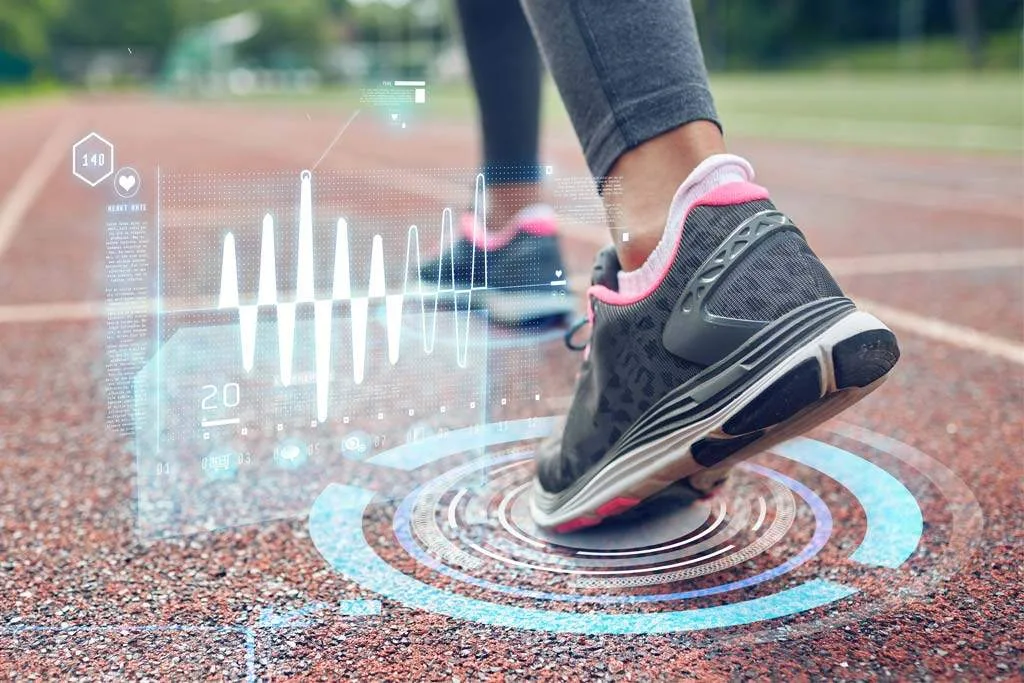Sports shoe technology is becoming increasingly important for players of all ages. The number of injuries players sustain while playing sports has increased dramatically over the last decade. As a result, shoe technology has evolved rapidly since its inception. A wide variety of shoe types are now available. Players can choose from traditional training shoes, cross-training shoes, performance shoes, basketball shoes, racing shoes, and other categories. They can also choose sizes and styles that accommodate their unique foot structure.
Advances in shoe technology for sports have made changes in cushioning and structural integrity necessary to provide maximum comfort and durability. Shoe manufacturers have focused on cushioning as the most important factor in running shoe design. Cushioning in previous sports shoes was less than optimal. Recent innovations in shoe cushioning have resulted in an increase in runner’s pronation control.
One of the most exciting developments in shoe technology for running is the development of an advanced missile called Eudora. The high-tech midsole helps provide stable stability and shock absorption to prevent injury and reduces the chance of injuries during long distance running. Eudora allows runners to run with better cushioning and more control. runner’s feet vary in terms of density and responsiveness so it is imperative that the proper shoe technology be used to address issues specific to each runner. Elite long-distance runners rely heavily on their midsole for shock absorption and stability.
Shoe technology also has helped reduce wear and tear on running shoes. Advancements in cushioning and structural integrity have resulted in increased durability and a decrease in wear and tear. Long-distance runners require much more shock absorption than runners engaged in shorter distance sports. With a greater need for support, shoe manufacturers have focused their efforts on developing long-distance cushioning systems and stronger structures. New technologies, like Eudora, have helped accomplish this goal.
Evasiveness is another term that is being used to describe today’s shoe technology. The Eva midsole is one recent innovation that incorporates air-filled cells into the base of the shoe. These cells serve as shock absorbers, keeping the foot from absorbing shock and then dispersing it across the middle. The cells of the Eva midsole may be solid or filled with water. The concept is similar to a sponge.
Cushioning technology has also been an area of focus in shoe technology. The increasing popularity of EVA in shoe-cushioning systems has made these shoes more comfortable, allowing the athlete to feel the ground beneath his feet. EVA is also a leading material insole used by professional runners and found at most major retailers. Some of the other EVA insole products are now becoming mainstream products for athletic shoe buyers.
One more term that is commonly heard among those who are researching the various sports shoe technology is performance wear. Performance wear has taken on a new meaning for many athletes and has evolved to become a way for athletes to express themselves. Performance running shoe technology includes specific shoe products that perform better under certain conditions than traditional runner’s shoes. For example, spikes are now banned from running because they decrease efficiency.
Shoe technology is an ever-changing field. Advances are made every year by shoe manufacturers. Many shoe manufacturers offer special shoe lines for particular distances, events, and weather conditions. There are also shoe advertisements on television and other media that allow the manufacturer to show off their latest technology. The trend toward performance shoes has created a new sub-culture of runners who wear the latest technology in their shoes to improve performance.
A relatively new shoe technology involves the development of the midsole. Midsole technology helps the runners maintain a stable footing even if their foot loses some of its power as it rolls over the surface. The development of a missile also reduces stress to tendons and ligaments by reducing shock absorption on impact and transmitting shock energy through the shock-absorbing gel. This gel absorbs most of the energy that is transmitted to the tissues so the shock is absorbed by the cushioning insole, rather than bouncing back into the user’s foot.
Technology in sports shoes continues to improve with the advent of new technology and scientific research. Companies such as Adidas, Nike, and New Balance have put a lot of research into cushioning and shock absorption. They have developed specialized shoes for different types of runners, developed different shoe models for different terrain, and continue to fine tune their products based on customer feedback and emerging trends. It has also given consumers another option besides purchasing a traditionally styled product.
Consumers are now able to choose from a variety of styles of running shoes. This includes low-top trainers, midsole/outsole shoes, and more. Advances in materials and cushioning technologies help to improve performance. In addition, companies continue to fine-tune their products to provide maximum comfort and support. These running shoes are designed to last for many years.
Snap N Step – Inventions
Shoe innovations have been there since the beginning of time, but it was not until the mid nineteen seventies that there were any major shoe companies making any kind of splash in the shoe industry. One such company was Converse, which quickly became one of the most popular brands in the entire world. However, it was not until the late nineteen eighties that they started putting out shoe innovations like the ‘Picnic’ shoe and the ‘Picnic’ backpack.
Snap n’ step shoes are very popular all over the world. These shoes were actually originally created for young basketball players. It was said that if you could make a shoe that was flexible enough to allow a player to dribble, then you had a true basketball player.







